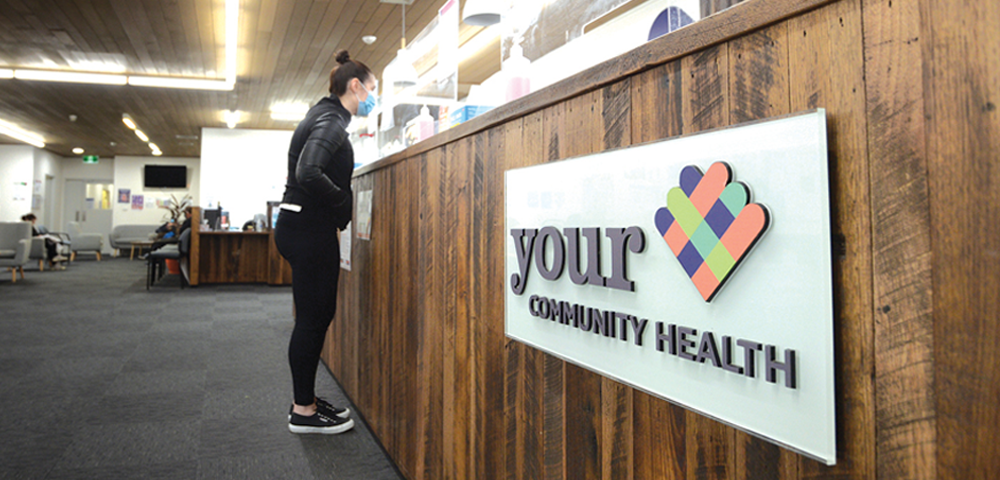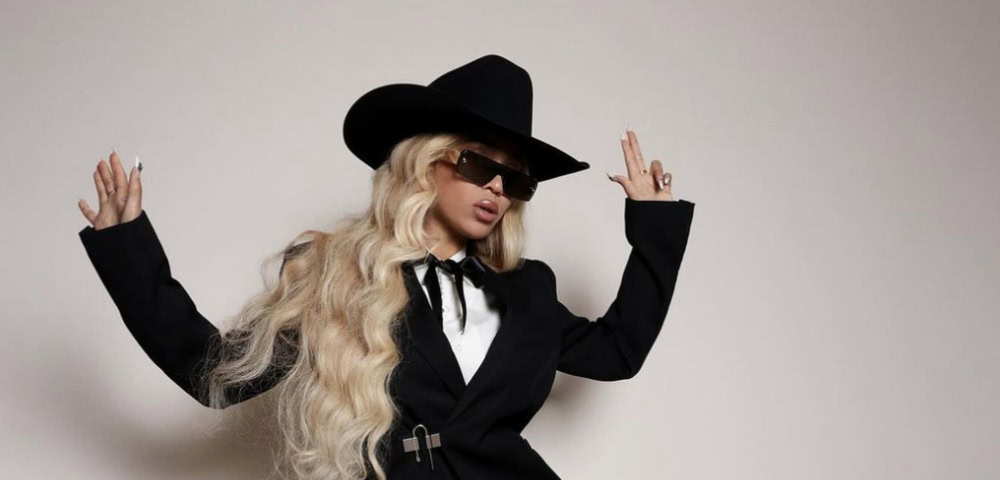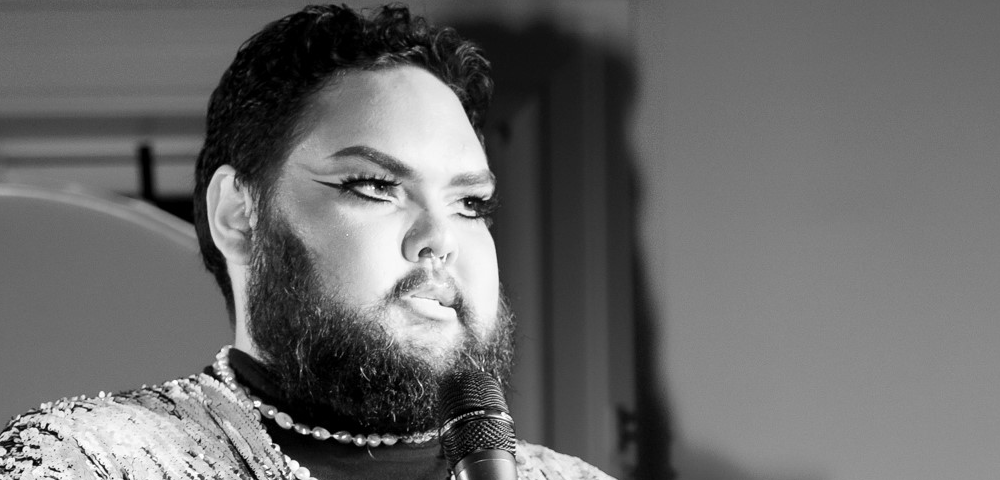
Timothy’s Legacy
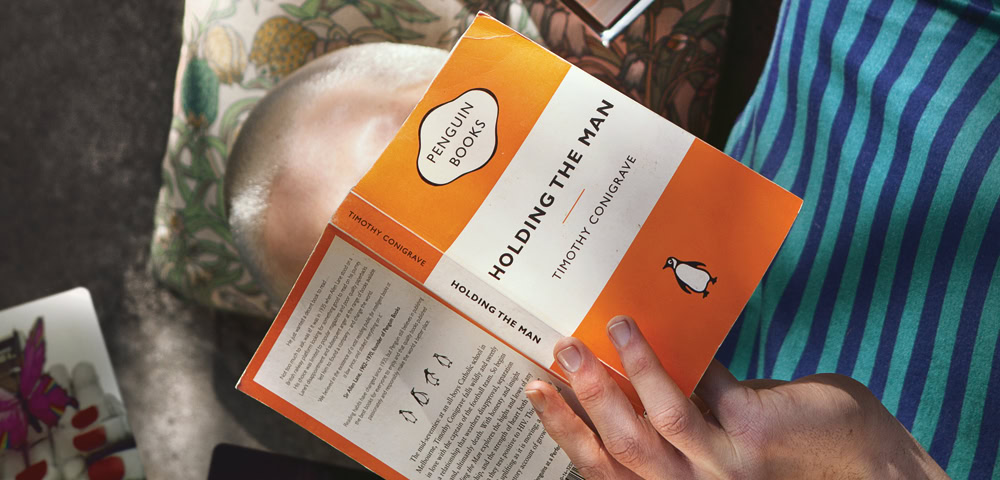
“YES, I remember him.”
My uncle pauses down the line, considering his response.
“Most of us knew of Timothy, or at least had a sense of the important work he’d been doing.”
I’ve asked Professor Greg Dore, founder of the St Vincent’s Hospital Hepatitis Clinic in Sydney and owner of the most authoritative phone-voice in my extended family, to reflect on his time working during the height of the HIV and AIDS epidemic in the 80s and early 90s. Admittedly, I’m particularly curious to hear of his experiences with one Timothy Conigrave.
[showads ad=MREC]“You could say that Timothy’s situation was relatively typical of the setting, which is perhaps why his story felt so poignant,” he recalls.
“We spent so much time talking to young men in the wards. For many of them, their parents were only just coming to terms with their sexuality — which lead to some fairly compelling communication between family members and staff, especially when it came to organising wills.
“It was really confronting – even for me.”
It becomes pretty clear that my uncle’s early years at St Vincent’s remain firmly etched into memory.
“I remember taking a group of patients from the hospice in Darlinghurst up to Oxford St for what would be their final Mardi Gras,” he says.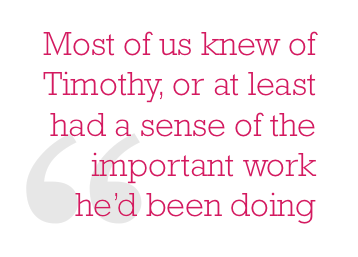
“These men were dying, but we’d still encounter obnoxious hooligans on the return journey. The behaviour displayed towards these young men, even on their deathbeds, was threatening — and that was a real shock.”
It takes a moment for the full effect of my uncle’s words to sink in. As a proud and openly-gay member of Generation Y — one who has safely danced around the perimeters of Taylor Square at 2am in nothing but sequins and glitter — it’s hard to believe that we’re speaking about the same Sydney.
I was three years old when Australian writer, actor, and activist Timothy Conigrave died from AIDS-related illness in 1994 – just months after completing his memoir Holding The Man, which was later published to resounding acclaim. My father gifted me his copy of the book when I was 15 (a “coming out” present of sorts) and I devoured the pages as only a young person starved of resonant stories or characters could. I still remember the tears.
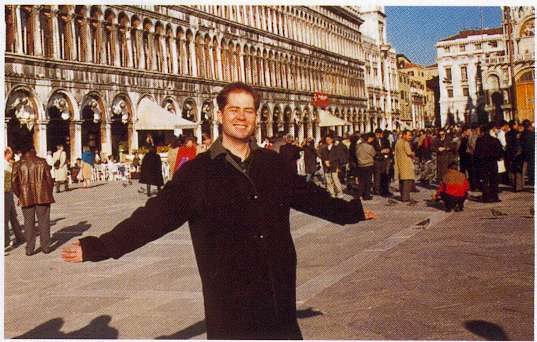
The endless thoughts, feelings and fears I’d so long felt isolated by were right there as Timothy, too, had experienced them: the writhing internal monologue of prepubescent confusion, the simultaneous thrill and terror of early sexual exploration, the senseless aversion displayed by so many in the wake of self-discovery.
Decades may have separated us and our experiences, but I remember feeling the strongest sense of connection, of being understood, all from the safety of my bedroom. The often brutal honesty of Timothy’s words didn’t only resonate with my younger self, they reassured me that my circumstances – however trying they seemed at the time – would one day improve. They did.
Holding The Man follows the real-life story of Timothy Conigrave, a theatre-sporting teenager from Xavier College in Melbourne who falls in love with John Caleo, the captain of the school football team. Despite being predominantly set in the 1970s and 1980s, long before I was born, Tim and John’s tender love story and the ups and downs of their 15-year relationship remains firmly steeped in familiarity.
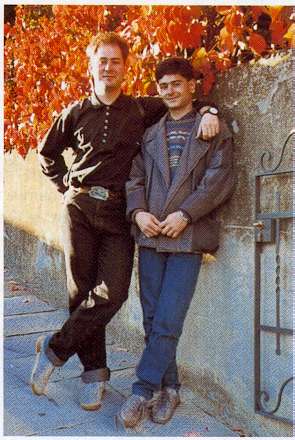
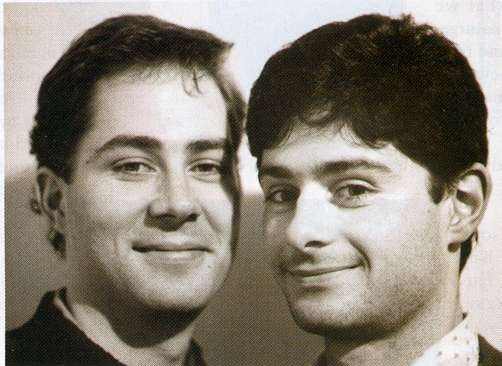
“There’s an extraordinary shape to the story, which we really only found by taking it apart,” reflects director Neil Armfield, whose film adaptation of the book closed this year’s Sydney Film Festival to rapturous applause.
“It’s very Romeo and Juliet. It is first and foremost a story about love.”
Screenwriter Tommy Murphy, who previously adapted Timothy’s memoir for the stage in 2006, echoes these sentiments.
“Communicating the stories of HIV is crucial. Tim was a man of frankness. That’s what it takes. Lovers and sex partners need to be frank with each other, and telling stories is a way of combating the stigma that has always been the bedfellow of HIV,” he explains.
“I hope Holding The Man can contribute to that.”
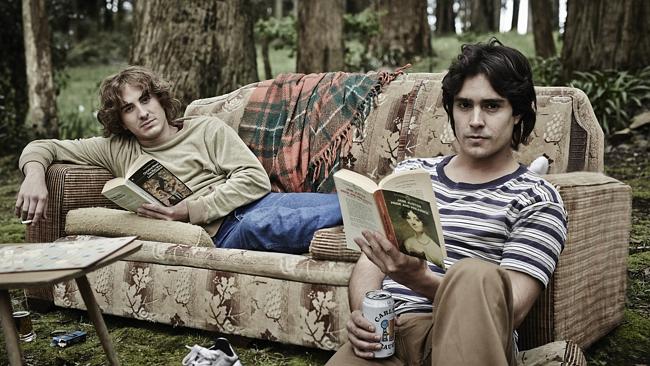
The highly-anticipated film, which stars Ryan Corr as Timothy and Craig Stott as John, will be released nationally on August 27. The question is — what will cinema audiences take away from it? Will it be a sense of pride at how far we’ve come as a nation? A quiet nostalgia for how close-knit the LGBTI community was during the ealier struggles? Or a renewed belief that love can actually conquer all?
Personally, I think I’ll go with all of the above.
Most striking to me was the humbling realisation that our generation has benefited from the plights of Timothy and countless others who shared in his mission and advocacy. Prior to reading Holding The Man, the HIV and AIDS crisis had felt like a subject reserved for school PD/H/PE classrooms. It wasn’t until I discussed the book with family members as a teenager that I was able to grasp how ingrained in Australian history Timothy’s story was — and how fortunate I’d been to miss it.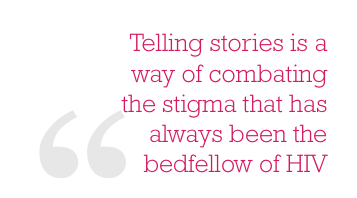
Another uncle of mine, Malcolm Dore, still reflects fondly on the Fun & Esteem workshop he attended at ACON in 1990. It was a course facilitated by Timothy, and also where my uncle met his first boyfriend, Hugh.
“I remember Tim was a warm, fun and gregarious guy, who encouraged us and put our minds at ease — but was uncompromising in his advocacy,” Malcolm says.
In a testament to Timothy’s legacy, my uncle believes it was perhaps the HIV and AIDS awareness element of this very workshop (“which involved putting condoms on bananas”) that saved his life. Inspired by his experience at ACON, Malcolm would later go on to volunteer with The Ankali Project where he was trained to provide emotional and social support for those dying of AIDS-defining illnesses.
“I think what made Timothy so remarkable was his strength and self-empowerment in the face of everything,” Malcolm recalls.
“He was aware, he knew what was happening to him — he was an advocate.”
He adds that there were others, many of whom he had met through Ankali, who were without the same education or support network.
“Every year we would have candles and march down from Taylor Square to the Domain, where they’d read out the names of everyone who had passed away,” he remembers.
“It would go on for hours — and there were always familiar names.”
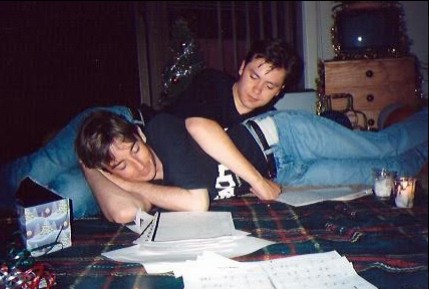
On my writing this article, Malcolm warns that I’m “working with sacred gay business, please handle with lots of love”.
At the very least, the film adaptation does just that: igniting precious life in a story that needs (perhaps now, more than ever) to be re-introduced to audiences both here and overseas.
A story with the ability to transcend political agenda and highlight not only how far we’ve already come, but how much further we still have to go.
Holding The Man is screening as part of the Melbourne International Film Festival on August 8. It will be released in all cinemas from August 27.
______________________
**This article was first published in the August edition of the Star Observer, which is available to read in digital flip-book format. To obtain a physical copy, click here to find out where you can grab one in Melbourne, Sydney, Brisbane, Adelaide, Canberra and select regional/coastal areas.
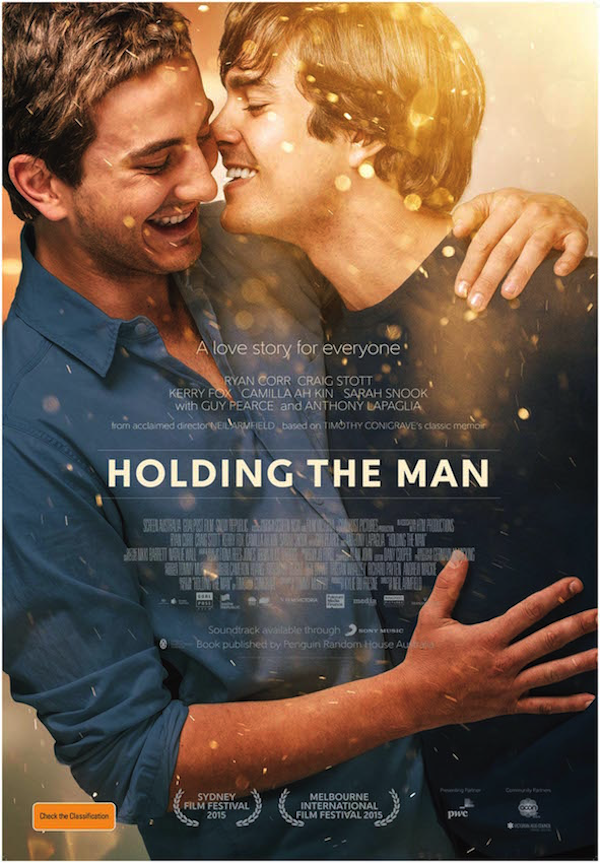
[showads ad=FOOT]




